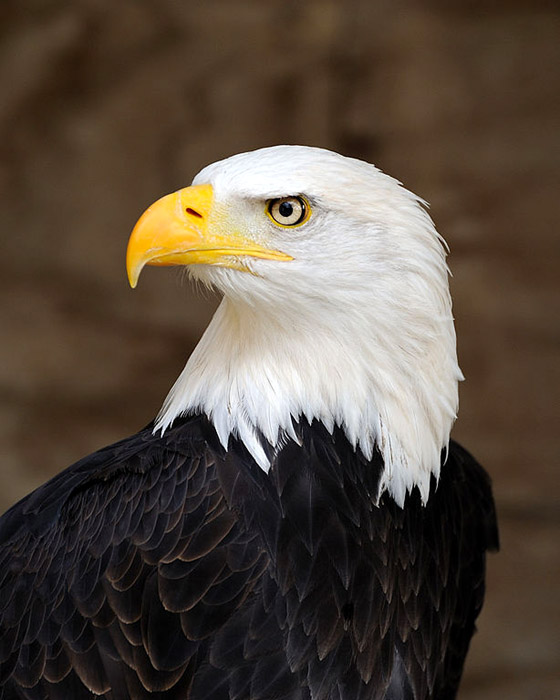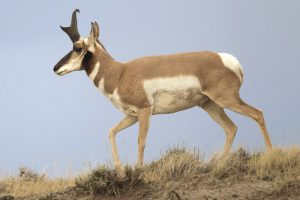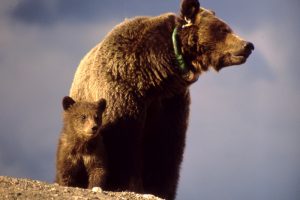
The bald eagle is the national bird of the United States and can be found in all of the contiguous United States and Alaska. Photo by Saffron Blaze.
In the United States, wildlife is as diverse as the landscape. Mammals such as bison once roamed freely across the plains but now live only in preserves and private lands. Black bears, grizzlies, and polar bears are the largest carnivores. There are over 20,000 flower species, more than 400 areas protected and maintained by the National Park Service, and many other parks in each state. The bald eagle is the national bird and symbol of the United States and is a protected species.
United States fauna includes all the animals living in the Continental United States and its surrounding seas and islands and several island territories in the Pacific and the Caribbean.
The U.S. has many endemic species found nowhere else on Earth, including the American Black Bear, Hawaiian Monk Seal, Black-Footed Ferret, Gila Monster, Groundhog, Pronghorn, American Alligator, American Bison, and Bald Eagle.
One of the largest countries in the world, the United States covers a vast array of habitats, from tropical wetlands to snow-capped mountains to hot, sandy deserts and arctic tundra. Within these various terrains can be found an estimated 432 species of mammals, more than 800 species of birds, over 100,000 known species of insects, 311 known reptiles, 295 amphibians, and 1154 known fish species. Among the larger game animals are the white-tailed deer, moose, pronghorn antelope, bighorn sheep, mountain goat, black bear, and grizzly bear.
Known animals in the lower 48 states include white-tailed deer, bobcat, raccoon, muskrat, striped skunk, barn owl, American mink, American beaver, North American river otter, and red fox.
Large predators, including wolves, mountain lions, and three bear species, still roam freely in some areas. An impressive collection of Alligators and Crocodiles still roam the tropics, while Musk Ox and Caribou tread the tundra, and numerous types of marine mammals visit ocean shores.
However, the most distinctive indigenous wildlife is protected in national parks and preserves that cover more than a million square miles. Yellowstone National Park in Wyoming is widely considered the finest megafauna wildlife habitat in the United States, with 67 species of mammals in the park, including the gray wolf, the threatened lynx, and the grizzly bear. Other great wildlife-watching destinations include Alaska, Florida, and the Southwest.
The U.S. Fish and Wildlife Service is the principal Federal agency dedicated to fish and wildlife conservation. The Service’s history spans 150 years, 145 years from establishing the Bureau of Fisheries in 1871.
Compiled by Kathy Alexander/Legends of America, updated March 2023.
Also See:
Sources:
Nations Encyclopedia
United States Government Manual
United States Wildlife Travel Guide
Wikipedia


